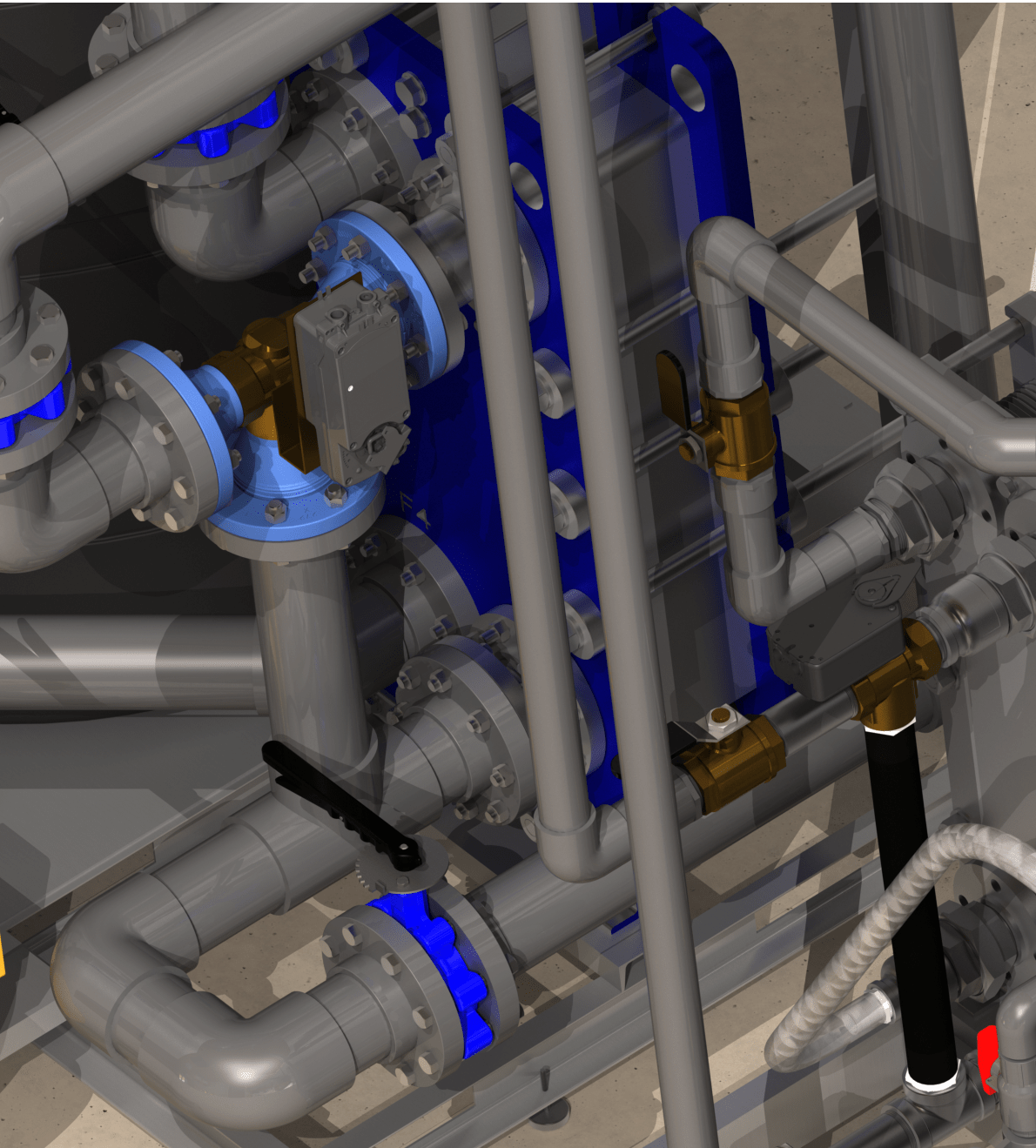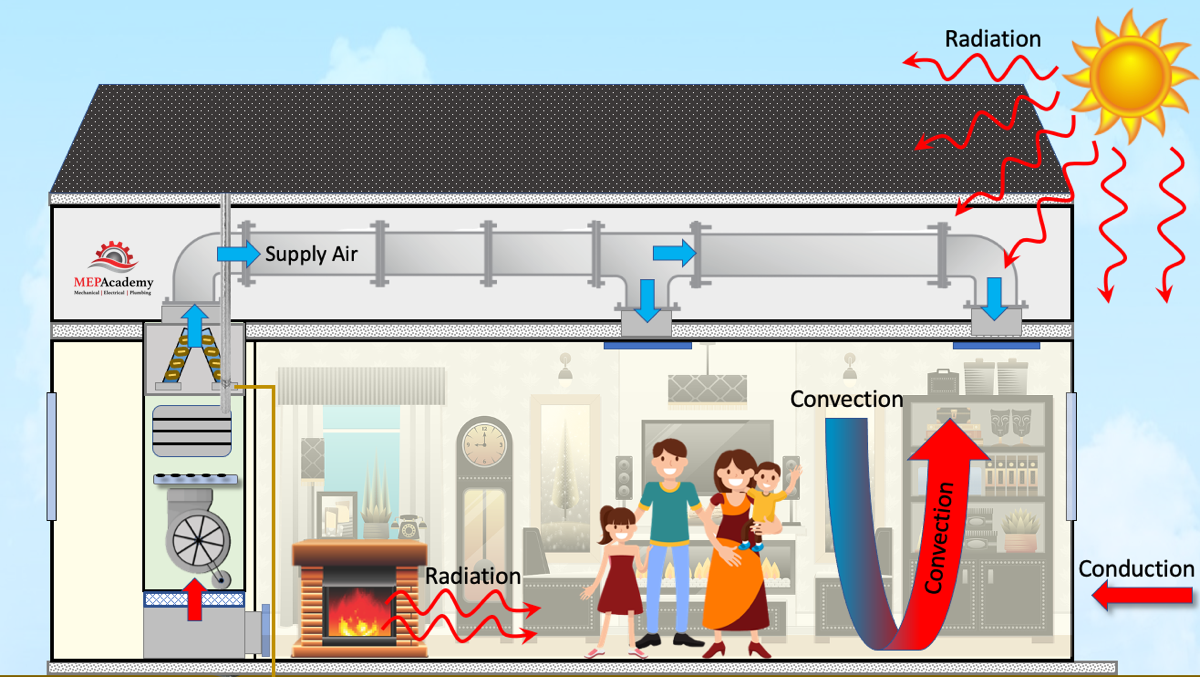A Comprehensive Overview to Picking the Right Heat Transfer Equipments for Your Demands
Picking the proper Heat transfer system is necessary for functional efficiency. Various systems deal with various needs, affected by aspects such as temperature variety and fluid kind. Recognizing the concepts behind Heat transfer, such as transmission, convection, and radiation, is crucial. In addition, assessing power sources and upkeep practices can affect lasting efficiency. A closer evaluation of these considerations reveals how to tailor a system to certain requirements. What should one prioritize in this facility decision-making procedure?
Understanding Heat Transfer: Secret Principles and Concepts
Although Heat transfer may seem like an uncomplicated idea, it includes a variety of concepts that are essential for reliable system style. Comprehending these concepts is important for engineers and developers who aim to enhance thermal performance in different applications. Conduction, for instance, involves the transfer of Heat with solid products, while convection describes the movement of Heat within fluids. Radiation, an additional key principle, describes how Heat can be transferred via electro-magnetic waves. Each of these mechanisms plays an important duty in determining just how energy moves within a system. By extensively grasping these concepts, professionals can make informed choices, guaranteeing that Heat transfer systems run successfully and fulfill the certain demands of their applications
Kinds of Heat Transfer Systems: A Summary
Comprehending the concepts of Heat transfer prepares for exploring the various sorts of Heat transfer systems readily available. Heat transfer systems can be categorized primarily into three types: radiation, convection, and transmission. Conduction entails Heat transfer with solid materials, depending on direct call in between fragments. Convection, on the various other hand, happens in liquids (fluids and gases) where the activity of the fluid itself helps with Heat transfer. Radiation involves the transfer of Heat with electro-magnetic waves and does not require a medium, enabling it to take place in a vacuum. Each sort of system has distinctive attributes and applications, making it essential for individuals and organizations to very carefully evaluate their certain needs when choosing the most suitable Heat transfer solution.
Applications of Heat Transfer Equipments in Various Industries
Heat transfer systems play a crucial function across various markets, impacting effectiveness and item quality. In commercial production procedures, they facilitate specific temperature level control, while in food and drink handling, they guarantee safety and security and preservation. Furthermore, cooling and heating and environment control systems depend greatly on efficient Heat transfer to keep comfortable settings.
Industrial Manufacturing Processes

Countless commercial manufacturing processes count heavily on reliable Heat transfer systems to make best use of productivity and improve product top quality. In sectors such as metalworking, Heat exchangers play an important function in maintaining ideal temperatures throughout welding, casting, and creating. These systems guarantee consistent Heat circulation, which is vital for attaining preferred product buildings. In the chemical manufacturing sector, Heat transfer systems assist in precise temperature level control during reactions, impacting yield and security. In textile manufacturing, effective Heat administration is crucial for dyeing and completing processes, influencing shade uniformity and textile top quality. By picking ideal Heat transfer modern technologies, suppliers can boost energy effectiveness and reduce functional prices, ultimately bring about an extra lasting and competitive production setting.
Food and Drink Processing
Efficient Heat transfer systems are equally crucial in the food and beverage processing sector, where maintaining suitable temperatures is vital for food security and high quality. These systems play a necessary duty in processes such as cooking, pasteurization, and sterilization, ensuring that items are risk-free for consumption and keep their nutritional worth. Heat exchangers, for instance, effectively transfer Heat in between liquids, optimizing power use while minimizing temperature level fluctuations. Additionally, refrigeration systems are fundamental for preserving disposable things and prolonging service life. The choice of Heat transfer modern technology directly influences functional effectiveness and item integrity, making it imperative for food and beverage makers to choose the suitable systems tailored to their specific handling demands. This cautious choice inevitably adds to customer satisfaction and food safety.

A/c and Environment Control
While numerous markets rely upon Heat transfer systems for effectiveness, HEATING AND COOLING (Heating, Air Flow, and Air Conditioning) plays a crucial duty in maintaining interior environment control across numerous settings. These systems utilize Heat transfer principles to manage temperature, air, and moisture high quality, guaranteeing comfort and safety in property, industrial, and industrial environments. Effectively developed HVAC systems improve energy efficiency, lower functional expenses, and lessen ecological influence. In industrial structures, for web example, effective climate control contributes to worker productivity and client complete satisfaction. In commercial applications, cooling and heating systems help keep optimal problems for equipment operation and item preservation. Picking the ideal Heat transfer system is essential for conference particular climate control needs and achieving total system performance.
Assessing Energy Sources for Heat Transfer Equipments
In examining power sources for Heat transfer systems, a contrast of renewable energy alternatives and fossil gas considerations is crucial. Sustainable sources, such as solar and wind, offer lasting options that can decrease ecological effect. Conversely, nonrenewable fuel sources remain prevalent due to their well-known facilities and power density, triggering a cautious evaluation of both options.
Renewable Resource Options

Nonrenewable Fuel Source Factors To Consider
Evaluating fossil fuel considerations is essential for the efficiency and sustainability of Heat transfer systems. Nonrenewable fuel sources, such as gas, oil, and coal, are traditional power sources that provide significant Heat outcome, making them preferred choices for commercial and household applications. Their ecological effect, consisting of greenhouse gas discharges and source exhaustion, increases concerns. When picking a warmth transfer system, it is vital to evaluate the schedule, cost, and regulative factors linked with these fuels. Furthermore, the efficiency of nonrenewable fuel source systems have to be thought about, as higher effectiveness can reduce some ecological downsides. Eventually, a well balanced method evaluating efficiency and sustainability can guide decision-makers toward the most suitable Heat transfer remedy for their particular demands.
Aspects to Think About When Selecting a Warmth Transfer System
Picking a suitable Heat transfer system calls for cautious consideration of numerous variables that can substantially influence effectiveness and efficiency. One vital element is the operating temperature array, which dictates the materials and style ideal for the application. Additionally, the kind of fluid utilized in the system-- whether gas or liquid-- affects Heat transfer performance and compatibility. The system's size and capacity should line up with the certain needs of the procedure to avoid inadequacies. Energy source availability is also necessary, affecting operating expense and sustainability. Moreover, the installment atmosphere, including space constraints and availability for upkeep, plays a considerable duty in system option. Finally, governing compliance and safety requirements have to be taken into consideration to ensure the system meets all legal demands.
Upkeep and Efficiency Optimization for Heat Transfer Solutions
Maintaining Heat transfer systems is essential for making certain optimal performance and long life. Normal upkeep tasks, such as cleaning Heat exchangers and examining insulation, aid stop performance losses due to fouling and thermal bridging. Additionally, keeping an eye on system specifications, including pressure and temperature, enables for very early discovery of anomalies, minimizing downtime and costly repairs. Implementing a precautionary maintenance routine can maximize efficiency and expand the life expectancy of parts. Updating to advanced control systems can improve functional effectiveness by changing to differing tons and problems. By prioritizing maintenance and performance optimization, drivers can attain lowered energy consumption, reduced functional expenses, and enhanced overall system dependability, ultimately causing far better source usage and a more lasting procedure.
Future Trends in Heat Transfer Technologies
As markets increasingly focus on sustainability and power performance, future patterns in Heat transfer technologies are readied to undergo considerable makeovers. Innovations such as advanced materials, including carbon nanotubes and nanofluids, guarantee improved thermal conductivity and effectiveness. Additionally, the assimilation of renewable resource resources right into Heat transfer systems is getting momentum, advertising green options. Smart technologies, consisting of IoT sensors, are expected to revolutionize monitoring and control, allowing real-time information evaluation for optimized performance. Moreover, the development of compact and modular systems will assist in much easier installment and upkeep, dealing with diverse applications. These innovations suggest a change towards even more lasting, reliable, and adaptable Heat transfer solutions, straightening with global power goals and environmental criteria.
Frequently Asked Questions
What Are the Ecological Impacts of Heat Transfer Solutions?
The ecological impacts of Heat transfer systems can consist of greenhouse gas emissions, energy intake, and possible thermal contamination. Additionally, incorrect disposal of products and inadequacies can contribute to resource exhaustion and ecosystem interruption.
How Do I Compute the Cost-Effectiveness of a Heat Transfer System?
To compute the cost-effectiveness of a heat transfer system, one need to assess preliminary costs, functional expenditures, maintenance requirements, and power performance, contrasting these aspects versus the anticipated lifespan and performance of the system.
Can Heat Transfer Systems Be Used in Residential Setups?
Heat transfer systems can without a doubt be used in residential setups. They offer effective heating and cooling services, making homes much more comfy while possibly lowering power expenses. Their versatility enables numerous applications in residential settings.
What Safety Regulations Relate To Heat Transfer Solutions?
Safety and security regulations for Heat transfer go to this site systems usually consist of standards on operation, installment, Get More Information and upkeep. Compliance with local building ordinance, manufacturer requirements, and sector requirements is vital to ensure risk-free and efficient system efficiency in various applications.
Just How Do Different Products Affect Heat Transfer Effectiveness?

Conduction, for instance, includes the transfer of Heat with strong products, while convection refers to the activity of Heat within liquids. Comprehending the principles of Heat transfer lays the groundwork for discovering the various types of Heat transfer systems available. Heat exchangers, for circumstances, successfully transfer Heat in between fluids, enhancing energy use while lessening temperature level changes. In examining energy resources for Heat transfer systems, a contrast of sustainable energy options and fossil fuel considerations is important. Metals, such as copper and aluminum, conduct Heat properly, whereas insulators like rubber and glass slow down Heat circulation.